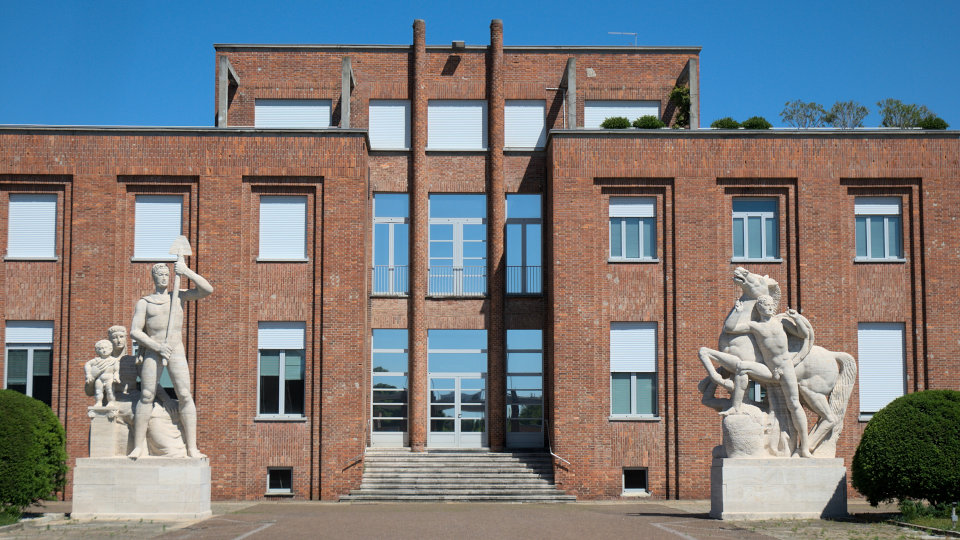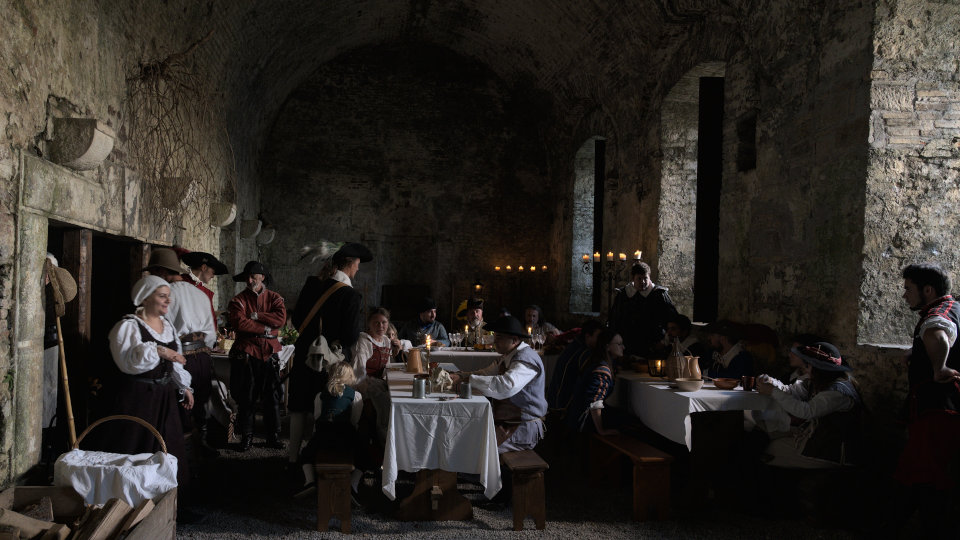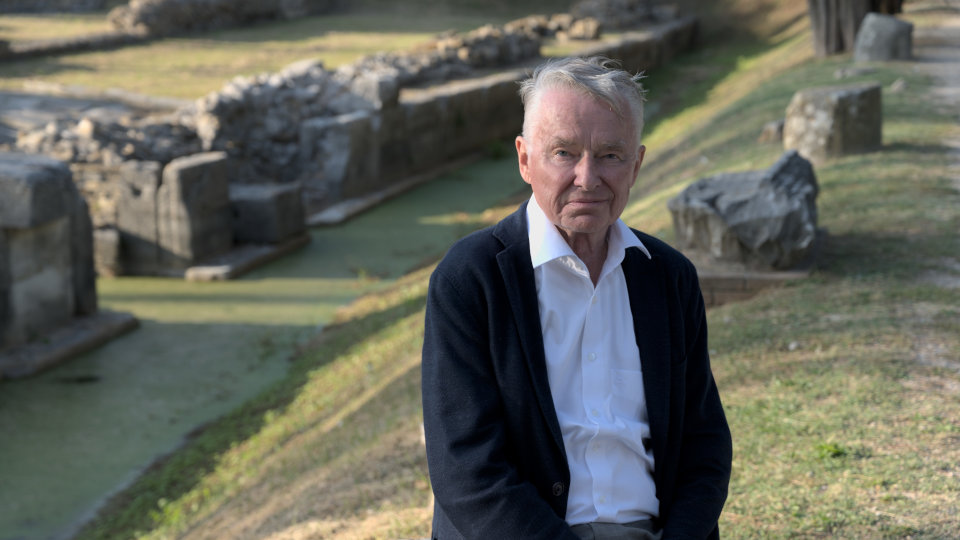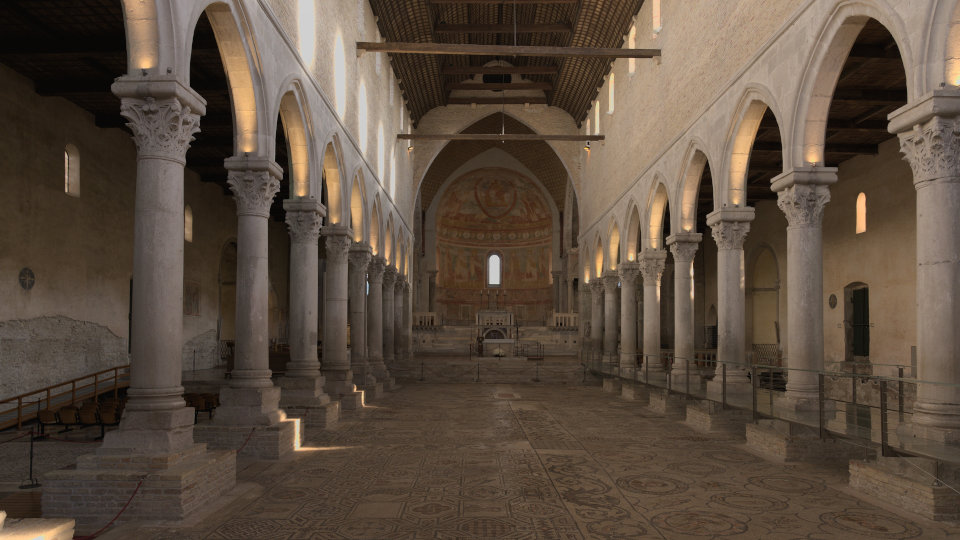



IDEAL CITIES
IDEALNA MESTA
⟩⟩⟩ watch the movie (in Slovene)
A small area on the border between Slovenia and Italy is a site of several towns which have in different historical periods represented ideal cities: Aquileia, Gradisca D'Isonzo, Palmanova, Torviscosa and Nova Gorica.
Venetians established Palma on October 7, 1593. The construction of the town in a shape of a regular nine branches was supervised by Giulio Savorgnan, who was inspired by Filarete's plan for Sforzinda, an ideal Renaissance city. Soldiers, farmers, artisans and traders would have constituted a harmonious community behind the city walls. This most beautifully preserved fort in the shape of a star might be the biggest defeat of the idea about an ideal town, as it has served mainly to the military in all historical periods and have only recently tried to find a different direction of development.
Ancient Romans too, designed a town from the scratch by ritually marking the contours of the city walls by a plough. Thus, Aquileia was established in 181 B.C. Forum was built at the crossroads of carda and decumane, two main streets, while insulae were built in an orthogonal order. A military post protected the territory from incursions by the Celts. It later became an important trade town with a beautiful basilica. The town was destroyed by the Huns and later taken over by the Lombards who moved their capital to the safer town of Cividale del Friuli. The today's town is built on the Roman layout of streets and is one of the most extensive archaeological sites in Italy.
Only few kilometres away a self-sufficient town of Torviscosa started to emerge in 1937, during the Fascist era. They drained the mosquito infested swamp and planted giant cane, the main raw material for the new factory for producing synthetic fibres. The factory manager, Franco Marinotti, was pivotal for the town for 30 years. He entrusted the urban planning to a single architect, to Giuseppe De Min. Communal buildings, sports facilities and a housing estate with various types of abodes for workers were built around the factory. The founder of the Futurist movement, Filippo Tommaso Marinetti, dedicated the poem entitled Torre Viscosa to the town, and Michelangelo Antonioni made a film about the factory.
When the town of Gorizia was assigned to Italy, the settlements from the Isonzo area on the Yugoslav territory needed a new administrative centre. The construction of Nova Gorica started with the help of shock brigades (superproductive, enthusiastic labour). The town was designed by Edvard Ravnikar. They first laid down the main road and at its end built six 'Russian' apartment blocks. They were followed by administrative buildings and factories. Modernism abolished the idea of concentrated build and so the town is an amalgam of different architectural styles. People from all corners of Slovenia and Yugoslavia moved to Nova Gorica and consequently, it became an open, modern and liberal town.
Historically, there are two concepts for towns: a concept of a planned and a concept of growing, organic town. The Friuli lowland is scattered with towns where the houses follow the directions of the wind, old paths and cart tracks. After the horrific offensives during WW1 which wreaked havoc in this part of Europe, Maks (Massimo) Fabiani tackled the urban planning of every single village and town in the area. Although he was focused on details, this is the case of the first regional planning in Europe. Fabiani also designed a park on the edge of Gradisca d'Isonzo, the town which has retained the regular Middle Ages grid of streets within the fort.
Urbanistic utopias are born out of political decisions. The networks of towns are always also the networks of lives of their inhabitants.